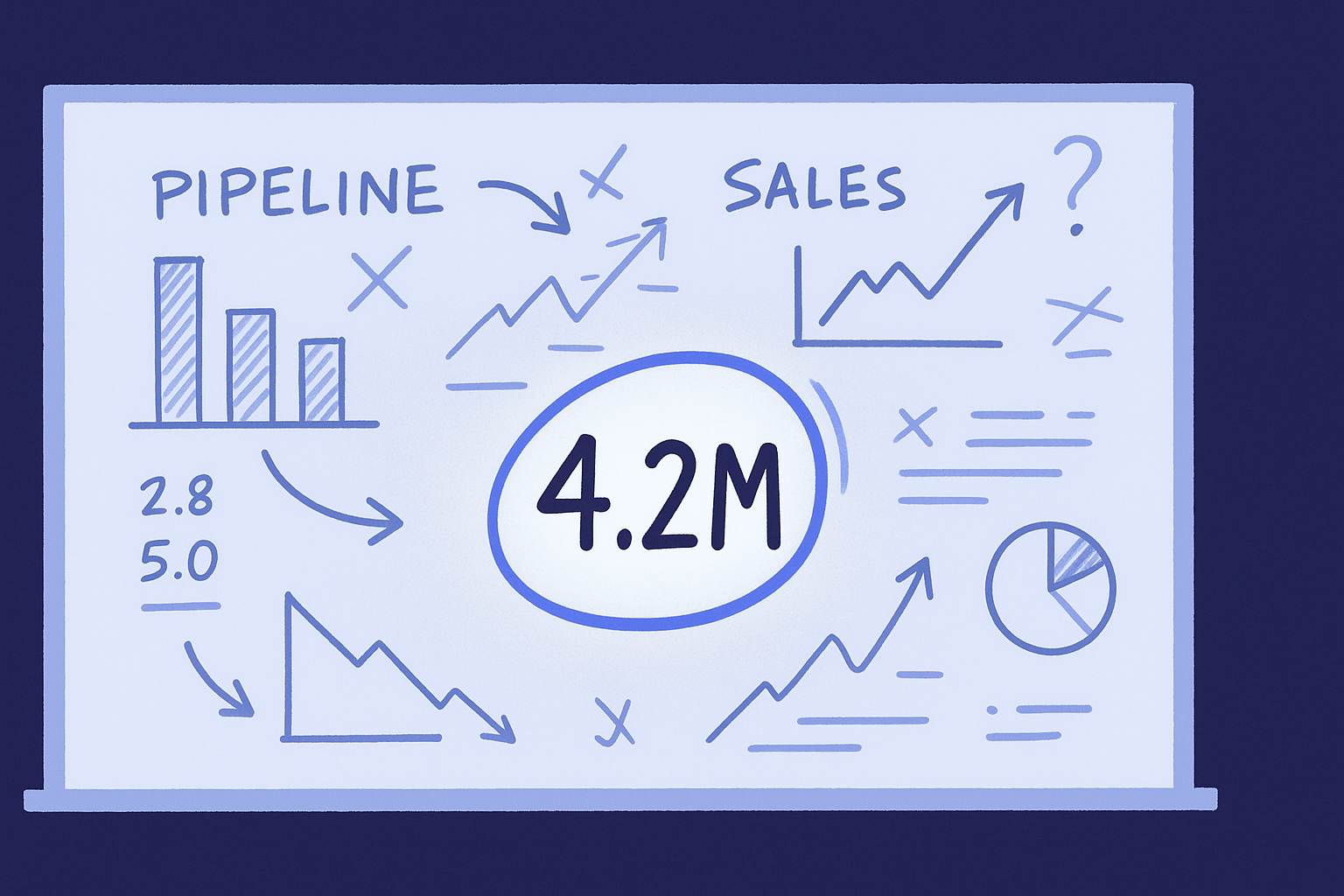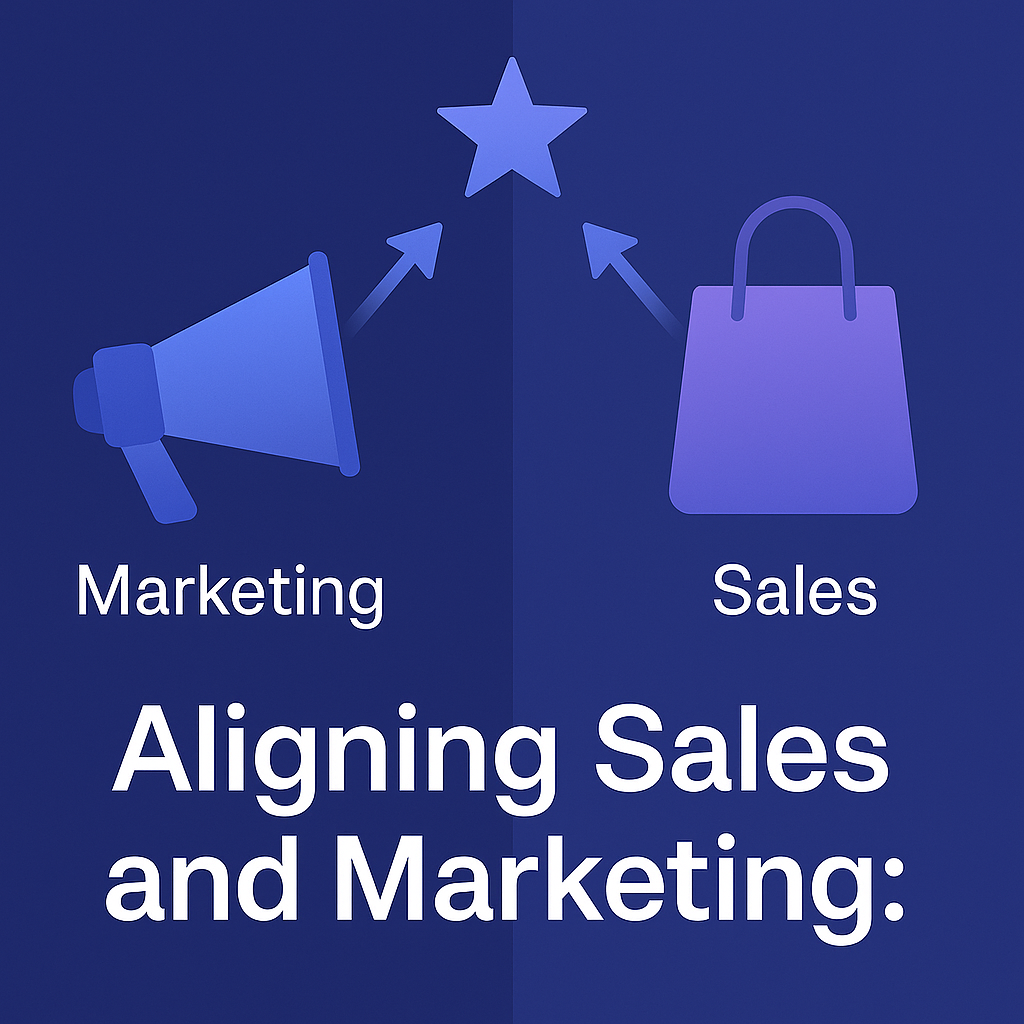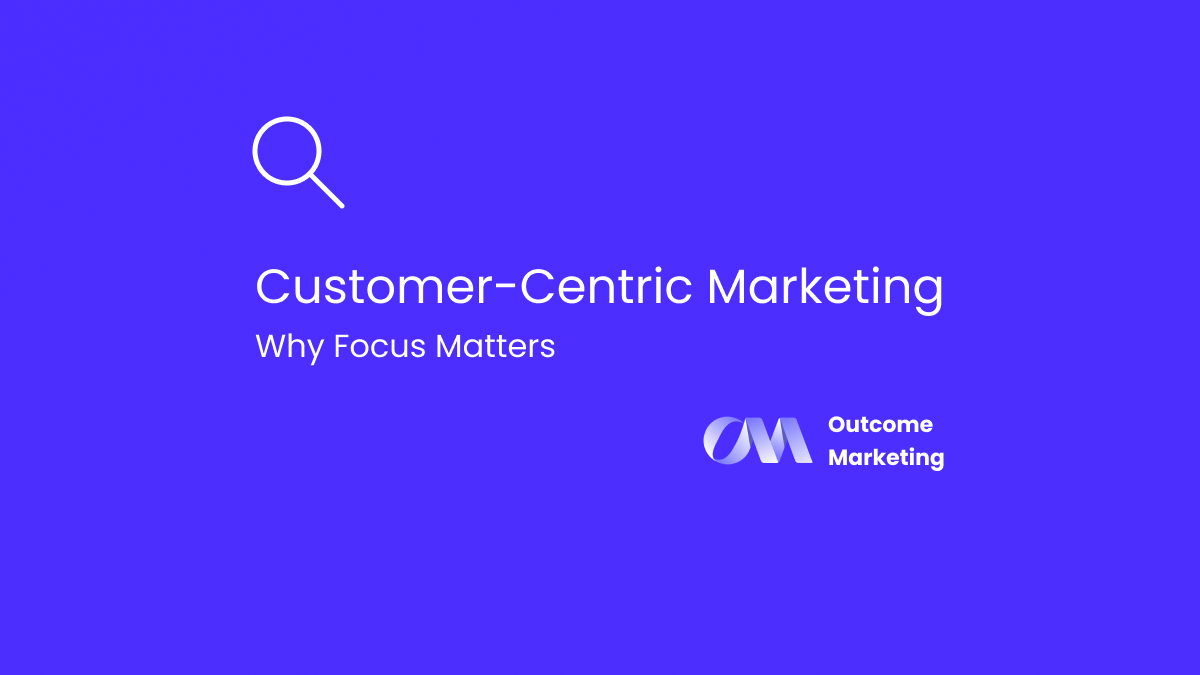Aligning Sales and Marketing: 9 Proven Tips for Real Collaboration
In too many B2B organizations, Sales and Marketing operate like neighboring countries with a long border but no shared language. They nod politely...

Most B2B companies review a sales pipeline report every week. But the story is almost always the same: it’s not enough. Targets keep rising and pipeline coverage keeps falling short, while sales pipeline reporting rarely explains why.
It’s easy to measure the gap between target and pipeline. It’s harder to explain where that gap is and why it exists. That’s where RevOps reporting earns its keep: by creating a structured way to find the why behind the number, not just the gap.
Before you can diagnose the pipeline gap, you need shared definitions. A strong RevOps foundation maps everything to three macro opportunity stages:
Every CRM sales pipeline report depends on these definitions, without clear entry and exit criteria, your CRM becomes a data swamp instead of a decision tool.
Before Discovery, Marketing defines MQLs, and SDRs define what counts as a meeting held or sales-accepted opportunity. These handoffs tie the early funnel to opportunity creation, where most pipeline confusion begins. A RevOps team’s first job is to standardize these definitions. The second is to ensure tools like Salesforce or HubSpot reflect them cleanly. Once that foundation is aligned, every layer of reporting becomes more actionable.
One of the most useful RevOps metrics for diagnosing pipeline health is the sales velocity formula, sometimes called the sales pipeline velocity formula.
Sales Velocity = (# of Opportunities × Win Rate × Average Deal Size) ÷ Sales Cycle Length
These metrics show what’s happening, the health of the funnel and how efficiently it turns into revenue. But to interpret them correctly, it's important to consider pipeline decay: the difference between what’s in the pipeline and what’s likely to close.
Two signs of pipeline decay:
Together, these indicators show where your pipeline looks healthy but isn’t. Benchmarking helps calibrate expectations further. For example, in B2B SaaS:
SMB markets represent high-velocity, low-touch deals where volume matters more than individual deal size. Enterprise markets, by contrast, involve slower, multi-stakeholder deals where forecasting accuracy and stage discipline make or break results.
Tier 1 tells you what’s happening. Tier 2 and 3 tell you why.
Once you understand what’s happening, you need to see where the gap exists, by product, use case, market, or sales motion.
Don’t just report by SKU, report by why customers buy it. If automation deals have grown but compliance-related deals close faster and larger, that insight should guide both GTM messaging and product priorities.
Break performance down by geo, vertical, company size, or competitor. If win rates are dipping in enterprise financial services or against a specific competitor, that’s where you focus enablement, pricing, or positioning work.
Before you even get to land vs. expand, categorize opportunities by motion:
Land motions should prioritize speed, lower ADS, faster cycles, and more “aha” moments. Expand motions should prioritize leverage, higher ADS, higher win rates, longer cycles.
Tier 2 reporting helps leadership see why the sales pipeline gap exists, and where to act.
Once you know where the pipeline gap is, the next question is how opportunities are being created. This layer of sales pipeline reporting focuses on source attribution, identifying which teams and channels are driving pipeline generation.
Start simple with last-touch attribution, then evolve toward multi-touch as your system matures. A cross-sell may appear “sales-sourced,” but if the customer first engaged at a product launch event, both Marketing and CS contributed. Seeing that interplay helps allocate resources more intelligently across acquisition and expansion.
Just as important, Tier 3 helps explain the why behind performance. If SDR-sourced opportunities have lower win rates or Marketing volume is trending down, that’s not just a data point, it’s a signal about source quality, messaging resonance, or coverage gaps further up the funnel. Understanding those shifts is what turns RevOps reporting from observation into action.
If no one owns the pipeline, no one owns the accountability. If everyone owns it, no one fixes it.
There’s a strong argument that Marketing should own the pipeline, not because they create every opportunity, but because they’re best positioned to orchestrate its inputs.
Marketing sees demand generation, content, and events across all stages. Sales owns conversion. But Marketing can unify the view, track the health of coverage, and lead the cross-functional plan to close the gap. RevOps builds the system, but Marketing should own the number.
Most pipeline reporting stops at describing what the gap is. Modern RevOps metrics and reporting help you understand why the gap exists, by segment, motion, and source, so you can act with clarity. When Sales and Marketing share the same definitions, pipeline metrics, and truth, growth targets stop feeling arbitrary.
The pipeline may still be a stretch, but everyone will know where it’s short and what to do next.
Want a framework for diagnosing your own pipeline gap?
Schedule a short diagnostic to benchmark your velocity metrics and pipeline health.

In too many B2B organizations, Sales and Marketing operate like neighboring countries with a long border but no shared language. They nod politely...

Outcome Marketing: A Proven Framework for Predictable Growth

Customer-Centric Marketing: Why Focus Matters You know that feeling when you’re at a buffet and your plate looks like a mountain of random food? Some...